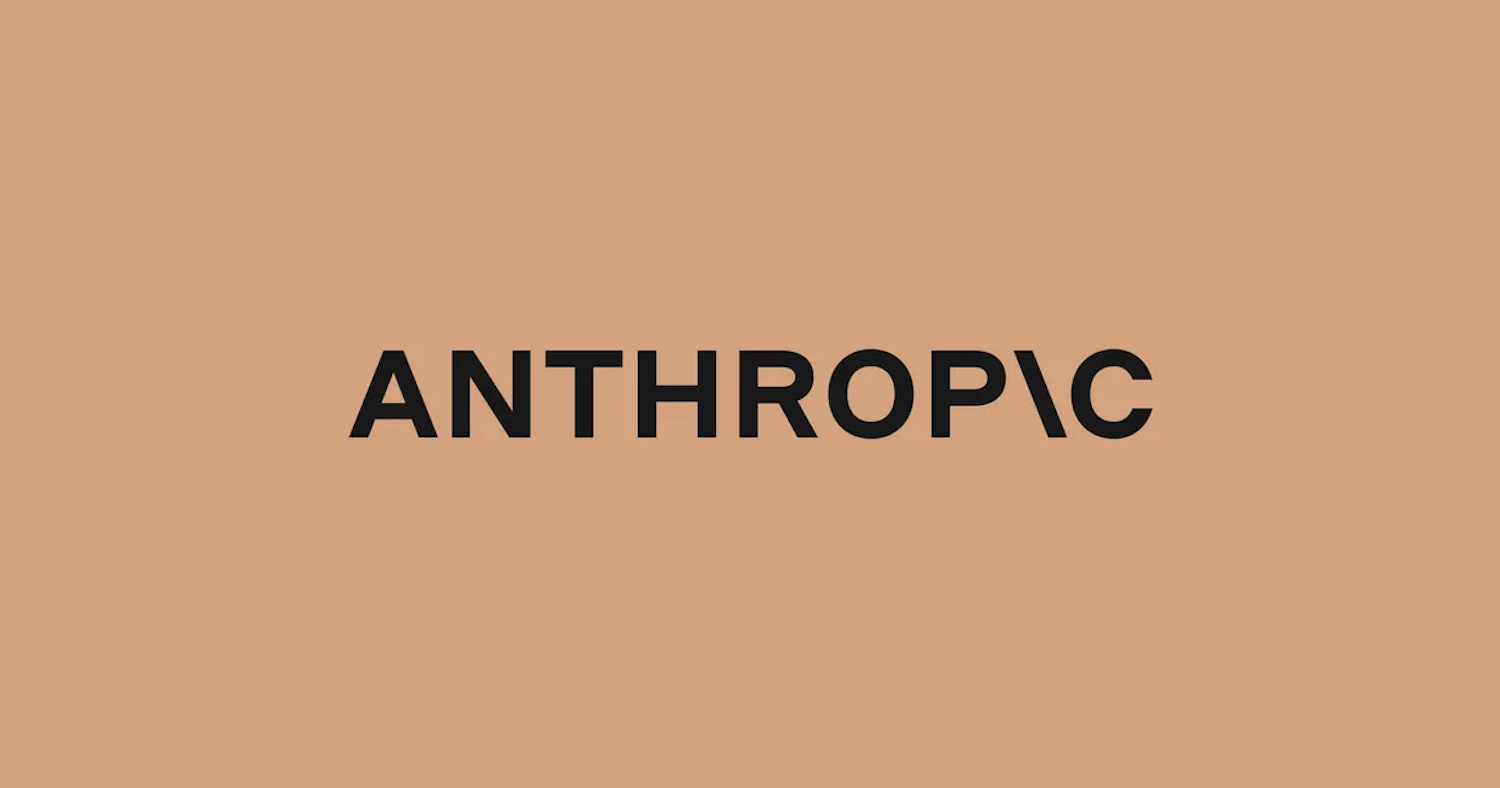The Global Resource Information Database – Geneva (GRID-Geneva) is a partnership between the United Nations Environment Programme (UNEP), the Federal Office for the Environment (FOEN), and the University of Geneva (UNIGE). With a team of 20 environment data scientists, GRID-Geneva’s main role is to transform data into information and knowledge to support the decision-making process related to environmental issues.
The GRID-Geneva partnership brings a powerful science policy interface: with UNIGE for solid science, large computation facilities, and the Swiss government to advise and support policies, providing strong support to the UN Environment Programme. UNEP/GRID-Geneva is incorporated in the Big Data Branch, within the Early Warning and Assessment Division of UNEP. It is also part of the One Global Partnership, which includes more than 15 centres worldwide, working together to keep the environment under review and support UNEP with data processing.
Digital activities
GRID-Geneva generates various types of resources such as data, data platforms, publications, visuals (maps, graphs, posters), storymaps or multimedia content. GRID-Geneva’s scientists can process satellite imagery using remote sensing software, create models from geospatial data using GIS, and generate interactive maps and graphs for automatic updates. GRID-Geneva also specialises in the design and maintenance of data platforms for supporting UNEP (e.g. with the World Environment Situation Room), Ramsar, and many other organisations and environmental conventions. It manages numerous high-quality geospatial data sets at various scales (global, continental, national, and subnational) on a variety of environment-related themes. GRID-Geneva also promotes the use of other relevant data platforms, and its scientists are also providing conferences, capacity building, and teaching about environmental issues/solutions, or data science.
Digital policy issues
Environment and sustainable development
GRID-Geneva is a key centre of geospatial know-how, with strengths in GIS, remote sensing, and statistical analyses, integrated through modern spatial data infrastructures and web applications. Working at the interface between scientific information and policy/decision-making, GRID-Geneva also helps to develop capacities in these fields of expertise among target audiences, countries, and other groups.
Database
Maintain, update and improve databases related to environmental issues, including metadata. For supporting the creation of data and indicators, monitoring trends, and supporting UNEP and other parties in their assessment and reporting processes.
Spatial Data Infrastructure (SDI)
Continue to keep up with the latest technologies and standards, such as those from the Open Geospatial Consortium (OGC) for data dissemination via web services and contributing to the improvement of data dissemination, linked data, and data dissemination for the provision of near-real-time data and automatic updates.
Interactive Mapping Platforms
GRID-Geneva has developed strong expertise in creating interactive mapping platforms for displaying, analysing, and sharing geospatial data. These platforms are designed to be user-friendly and accessible to a wide audience, including citizens, businesses, policymakers, and the scientific community.
Serving as a global entry point, it connects users to high-quality, real-world projects with tangible geospatial data and measurable impact on people and countries.
Remote sensing
GRID-Geneva is using the latest technologies for processing satellite imagery (e.g. data cube, image object analysis) as well as usual remote sensing techniques. It will continue to maintain such skills and will contribute to supporting the three Parties and other partners with remote sensing analysis. This can be used for monitoring trends in environmental status. Automation of remote sensing analysis, conversion of raster data to graphs, and capacity building on these techniques are part of the key know-how from GRID-Geneva.
Live Graphs and Maps
With the introduction of UNEP Live, it is essential for UNEP to be able to feature near-real-time data and have it automatically updated. GRID-Geneva, in collaboration with data providers, can automate the data update to maintain data with the latest information available.
Capacity development
With the rapid change in technologies, GRID-Geneva has an important role in helping governments and ensuring that nobody is left behind. GRID-Geneva has developed several training packages on GIS, remote sensing, and SDI, and will keep providing support to various partners and governments to improve their skills in these domains. Capacity building is not only provided on technologies but also on themes. Online training can also be developed (e.g. through Massive Online Open Course (MOOC)).
Digital tools and initiatives
Data platforms
Data Analytics and Early Warning for Environment provides the latest data on numerous indicators and gives access to specific thematic platforms: live Earth, disaster risk, ecosystems for risk reduction, environmental hotspots, planetary boundaries, loss and damage, and climate change.
Interactive Country Fiches analyse environmental situations and performances of countries around the world.
The Global Infrastructure Risk Model and Resilience Index (GIRI) estimate the risk of infrastructure assets related to most major geological and climate-related hazards.
The Climate change data platform contains up-to-date, relevant information about climate change indicators.
Social media channels
LinkedIn: @GRID Geneva
YouTube: @GRIDGeneva










